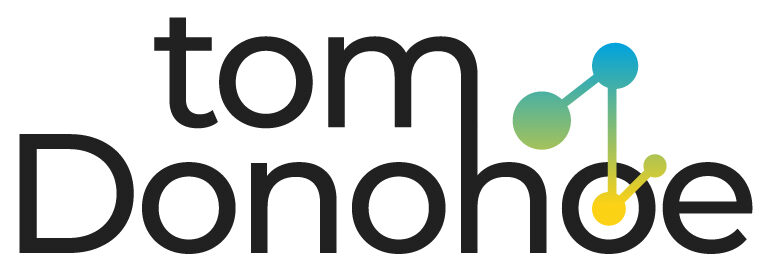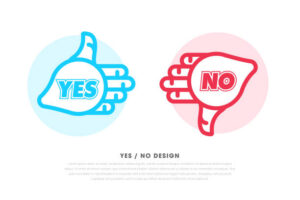What is Bounce Rate? How can I reduce it

In simple terms, a bounce rate refers to the percentage of visitors who arrive on an internet site, don’t do anything on the site they visited, and then leave that page. For example, if you’re searching for a pair of shoes and go to a website that sells used mobiles, you will likely bounce. Still confused? Try to comprehend this by using diagrams.
The explanation above is only an outline of what bounce rate is. It isn’t the only reason that causes websites to have the highest bounce rate. Many factors influence how much bounce is experienced by websites. Here are many factors that can increase the rate at which websites make bounces:
High-loading page time
False title and description
A blank page or technical error
Poor quality or poorly optimized content
How to Interpret Bounce Rate
But having a high bounce rate does not mean it is necessarily a bad thing. You are right. The good and bad of a bounce rate is contingent upon the primary purpose of the website and the pages. The significant bounce rate isn’t an issue if the website aims to give information. Why? Since the users go to the site or blog to read or look up details, they will go to another site when they find the information they are looking for and leave the page.
However, a significant bounce rate can be a concern if the website aims to interact with people who visit it. In such instances, the webmaster may be required to make the pages more efficient to be effective. This can be accomplished by incorporating a CTA button (call to action) or by having a better user interface (user interface).
The traffic sources affect bounce rates differently. It is essential to understand this well. Search traffic will likely have lower bounce rates than social and display. The reason is straightforward, inbound channels such as organic and paid search have a low bounce rate. People actively seek the products we promote via paid and organic media. We constantly draw their attention throughout the purchasing process.
But this isn’t the case with social media and display ads, in which users can see banners of other websites but aren’t interested in the advertisement. This, in turn, is a significant bounce rate. This is the most effective method to understand or approach this bounce rate.
How to Reduce Bounce Rate
There are plenty of methods to reduce the bounce rate. Some of them include
Proper Internal Linking Try to link your posts with pertinent critical phrases within the article. This gives users a reason to remain engaged on the site. This is among the most effective methods to reduce the rate of bounce. A compelling Title and Description Make sure you have an engaging name and description. The description and title should coincide with the content. The content as they assist in keeping the user entertained and, ultimately, reduces the bounce rate.
Reduce the Time to Load a Page It is not a good idea to wait more than 3 seconds for the website to be loaded. So, any site with an increased load time will result in more visitors leaving the area. The less Time it takes to load the page, the lower the bounce rate.
Include Visual InfographicsTry using visual infographics in your content to increase the engagement rate and aid in reducing the bounce rate.
Conclusion
It’s not easy to analyze and improve bounce rates. However, a higher bounce rate is a sign of more conversions and a higher level of engagement. Follow the steps described in the previous paragraphs, and your bounce rate will decrease within minutes. Additionally, for greater understanding, locate the most popular exit pages and examine the load times of pages and speed data to pinpoint the root of the high bounce rates.





